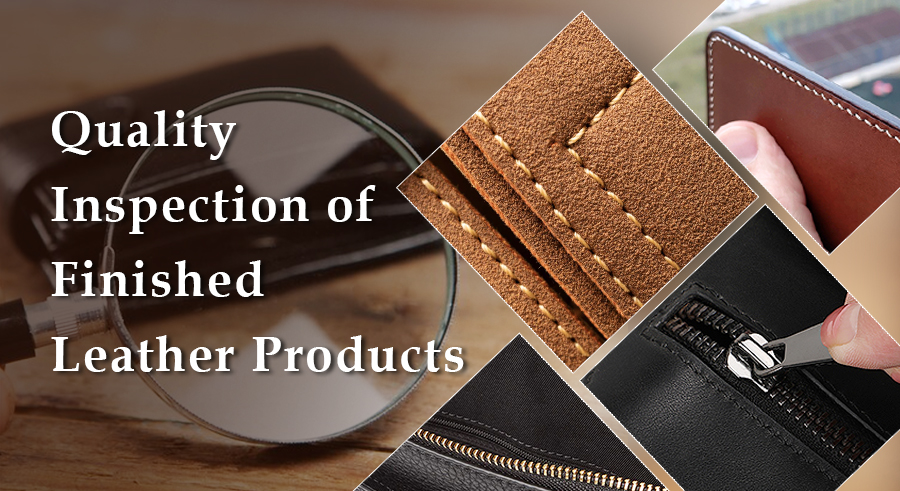At WALLETSPLUS, Quality Control of Leather is defined as the degree of excellence a product possesses with respect to design of product and conformity with certain prescribed standards and specifications; so as to meet customers’ expectations to total satisfaction.

Our stringent Quality Control (QC) involves establishment of quality standards and installation of systems to ensure that these standards are maintained and practiced. Our mission is to create and deliver remarkable handcrafted leather goods with pristine quality. We work with leather because it is a versatile, beautiful, and durable natural material, and we use only the highest grade of materials. If you’re browsing leather wallets, leather bags or even small leather goods, remember that the highest – and strongest – leather grade is full-grain, and means the raw material is exceptional. The lower grade leathers will have a milder aroma, while the best grades have a rich, sweet smell. WALLETPLUS’ in-house testing and QC ensures that only the best quality leathers are used to manufacture pristine products.
The Friction Test determines the behaviour of the leather surface to friction. Leather samples are thus rubbed on the Felt to analyse the behaviour of the leather and its finish. Once the production of the leather is finished, it is important to check the leather’s elasticity. The Stretching Elasticity Test is important as only the best of the best quality leather is expected by our customers. The Water Absorption Test is critical as faux leathers (like vegan leathers or PU) always fail the water absorption test. True quality leather will never leave a stain when spilled with clean water if treated carefully. The Breaking Strength Test is employed to test the strength of leathers when stretched for tensile endurance. It also indicates the effects on finished product during regular use and wear of leather.



